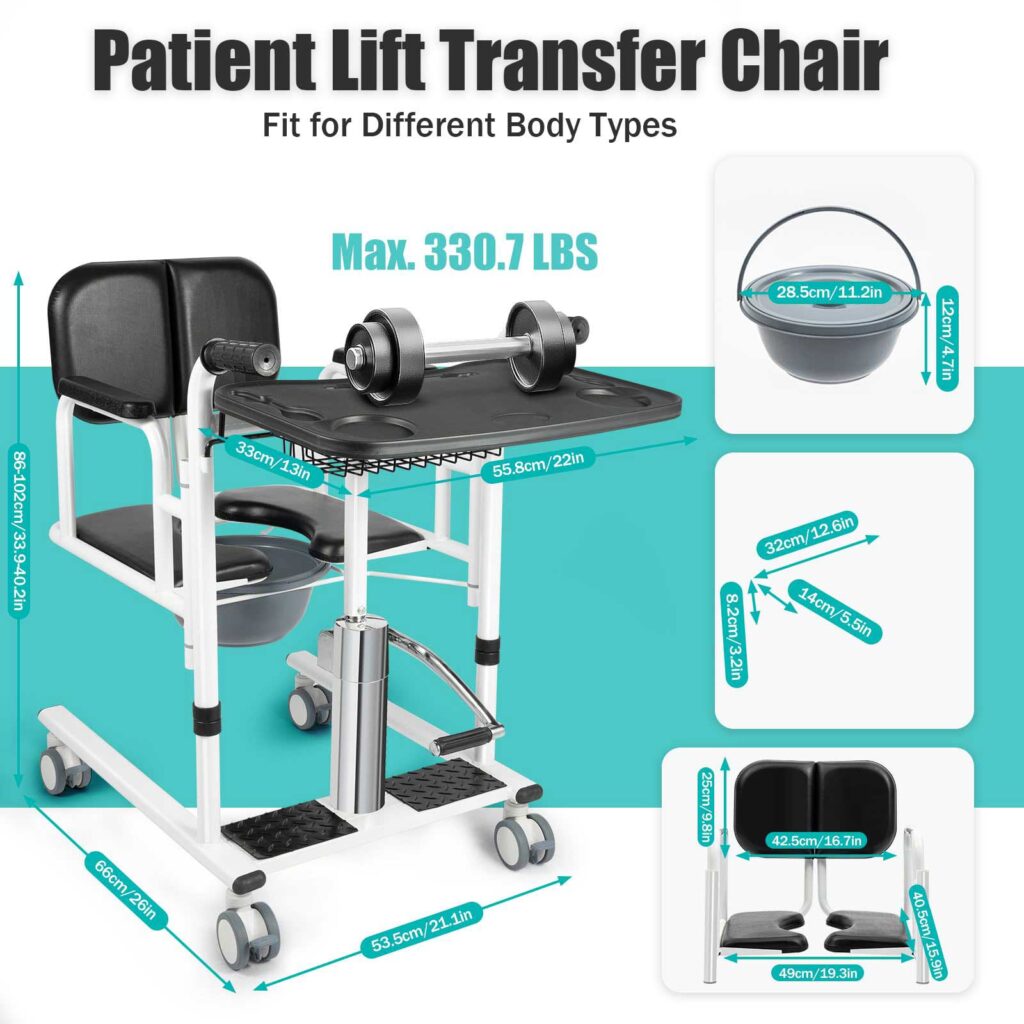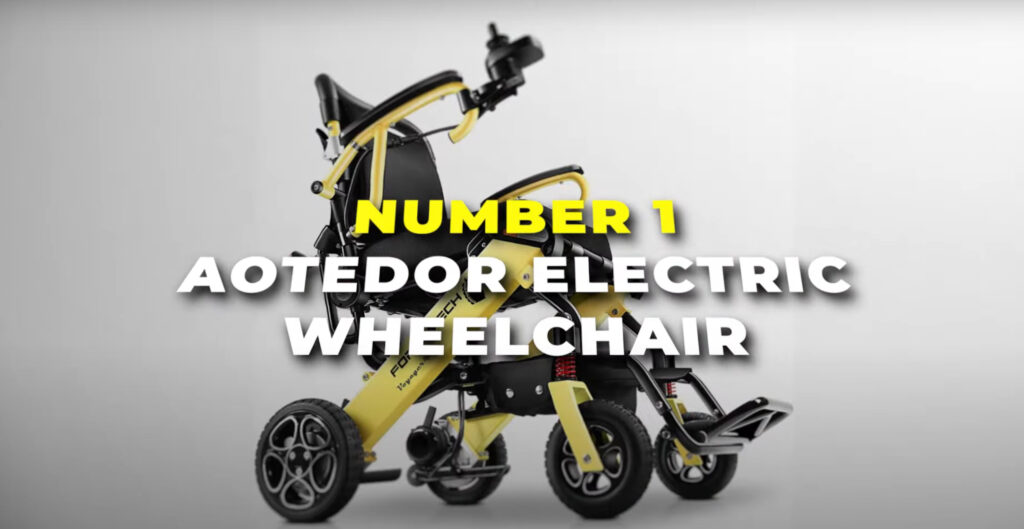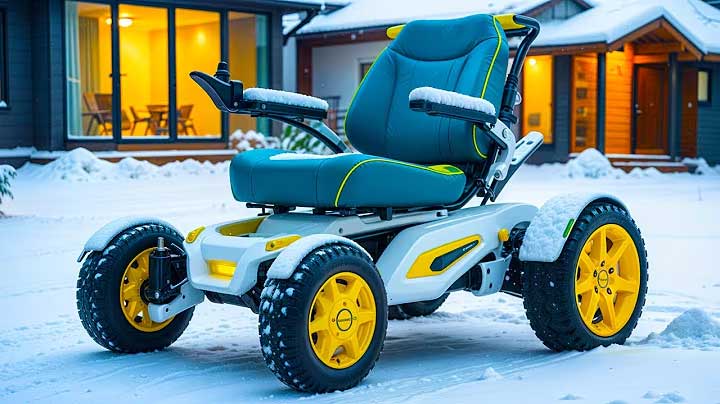A patient lift is a highly practical assistive device that can help seniors and people with disabilities move more safely and conveniently. Whether transferring from bed to wheelchair or from wheelchair to sofa, a patient lift provides strong support. However, using a patient lift correctly is crucial to ensure safety and comfort. Here are ten simple and easy-to-understand tips to help you use a patient lift more effectively.
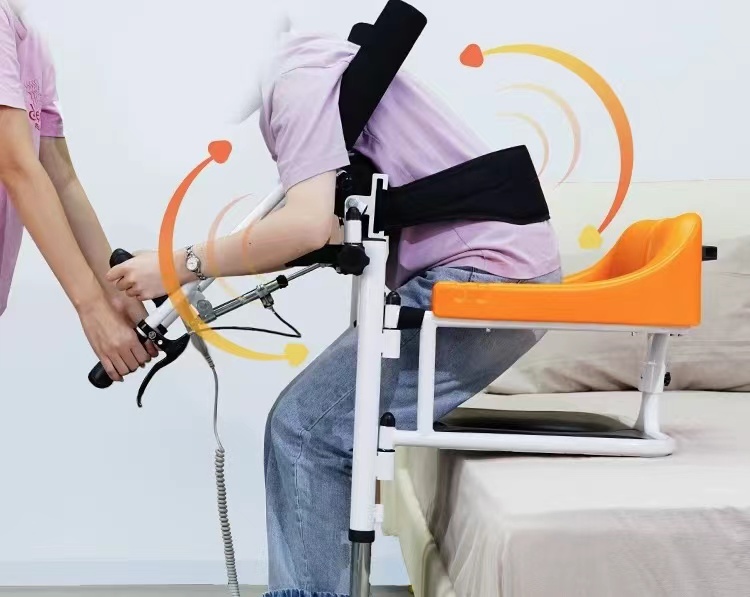
1. Choose the Right Patient Lift
Different patient lifts are designed for different needs.
For example, some are suitable for transfers from bed to wheelchair, while others are better for short-distance movement within a room. When selecting a patient lift, make sure to consider the user’s physical condition and daily needs. If you’re unsure which type is suitable, consult a doctor or rehabilitation therapist.
- Tips
- Measure the user’s height and weight to ensure the lift’s capacity and size are appropriate.
Choose a lift with padded supports and safety straps for added comfort and security.
2. Read the User Manual
Each patient lift may have slightly different operating instructions, so be sure to read the manual carefully before use. Understanding how to assemble, operate, and maintain the lift can prevent unnecessary issues.
- Tips
If you’re unsure about certain features, ask a family member or caregiver to help you learn.
Keep the manual in an easily accessible place for quick reference.
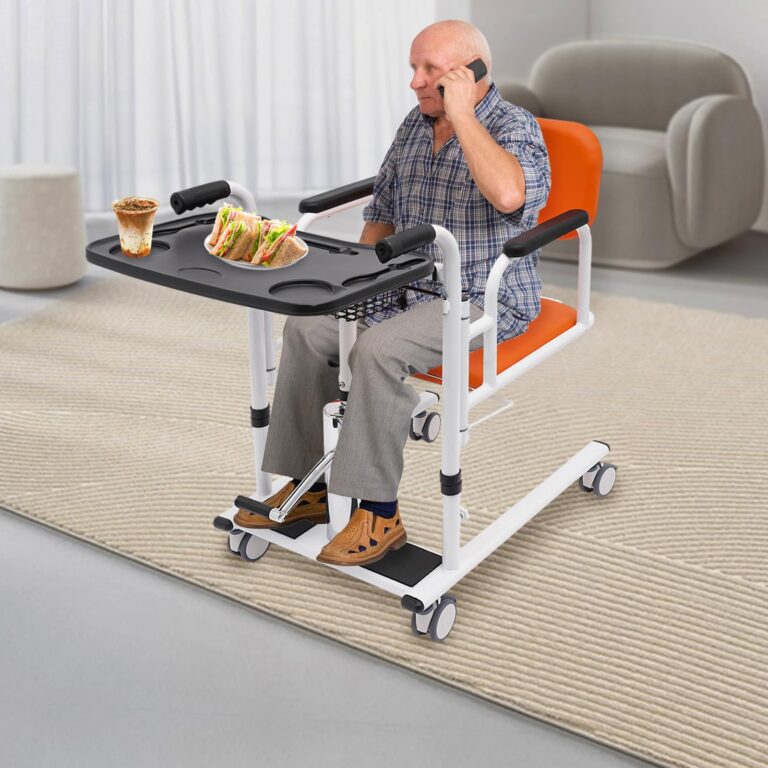
3. Ensure a Safe Environment
Before using the patient lift, check the surrounding area for safety. Remove any obstacles on the floor and ensure there is enough space to operate the lift. If using it in wet areas like bathrooms or kitchens, pay extra attention to slip prevention.
- Tips
- Place non-slip mats on the floor to increase traction.
- Ensure the area is well-lit to avoid operating the lift in dim lighting.
4. Secure the Safety Straps Properly
Patient lifts usually come with safety straps to secure the user and prevent slipping. When using the lift, make sure the straps are firmly fastened around the waist or chest (depending on the design), but not too tight to avoid discomfort.
- Tips
Adjust the strap length to ensure both safety and comfort.
Check the straps for wear or damage before each use.
5. Move Slowly and Steadily
Patient lifts are designed to provide smooth movement, but it’s still important to operate them slowly, especially for seniors and people with disabilities, as sudden movements may cause discomfort or fear.
- Tips
- The operator should remain calm and move gently.
- If the user feels anxious, try chatting or playing soothing music to ease their nerves.
6. Regularly Inspect the Equipment
A patient lift is a frequently used device, so it’s important to regularly check its components for proper functioning. For example, check if the wheels move smoothly, the straps are secure, and the frame is stable.
- Tips
- Perform a simple inspection once a week.
- If any issues are found, contact customer service or a professional repair technician promptly.
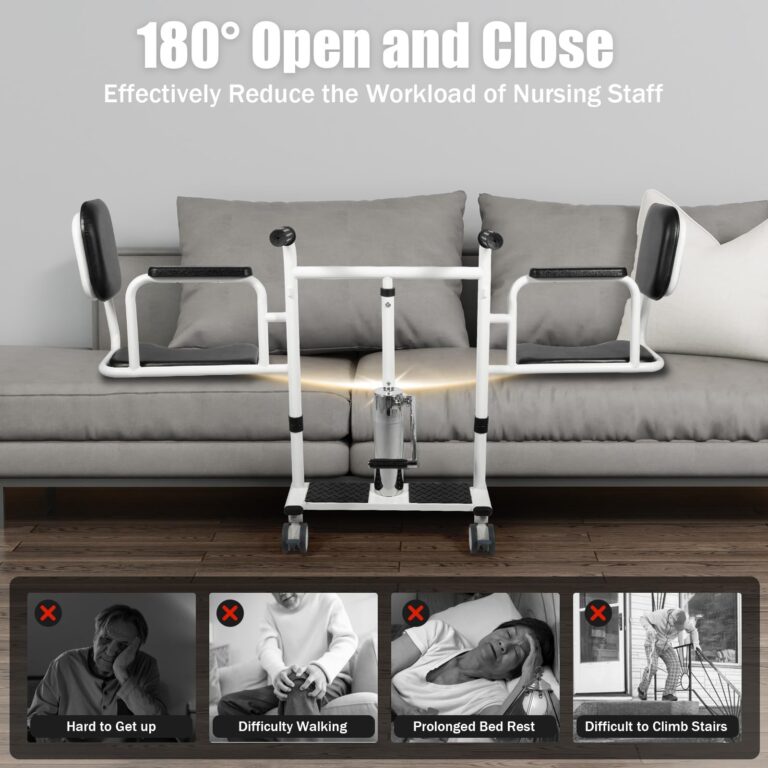
7. Learn Proper Transfer Techniques
Transfers from bed to wheelchair or wheelchair to sofa are common scenarios for using a patient lift. Learning proper transfer techniques can help prevent injuries. For example, the user’s body should be as close to the lift as possible, with feet flat on the ground and hands holding the handles.
- Tips
- If the user cannot complete the transfer independently, ask a caregiver for assistance.
- During the transfer, maintain steady breathing and avoid using excessive force.
8. Keep the Patient Lift Clean
Since patient lifts often come into contact with the body, keeping them clean is essential. Regularly wipe the surfaces with a damp cloth, especially the handles and seat. If the lift is used in wet environments like bathrooms, dry it thoroughly after use.
- Tips
- Use mild cleaning agents to avoid damaging the equipment.
- Avoid prolonged exposure to direct sunlight to prevent material degradation.
9. Practice Using the Patient Lift
For first-time users, operating a patient lift may feel unfamiliar. Therefore, it’s recommended to practice a few times before using. Try transferring from bed to wheelchair with the help of a caregiver until you feel confident.
- Tips
- Practice in a safe environment, such as on a bed or sofa.
- Take your time and gradually get accustomed to using the device.
10. Maintain a Positive Attitude
Using a patient lift might feel uncomfortable at first, especially for those used to moving independently. However, remember that the lift is there to make your life easier and safer. Maintain a positive attitude, embrace its assistance, and you’ll soon appreciate the convenience it brings.
- Tips
- Share your feelings with family or friends for emotional support.
- Set small daily goals to gradually adapt to using the patient lift.
A patient lift is a valuable tool for seniors and people with disabilities, and using it correctly can significantly improve quality of life. We hope these ten tips help you master the use of your patient lift, making each day more comfortable and enjoyable. If you have any questions or need further assistance, don’t hesitate to consult a professional. Wishing you a happy and healthy life!
